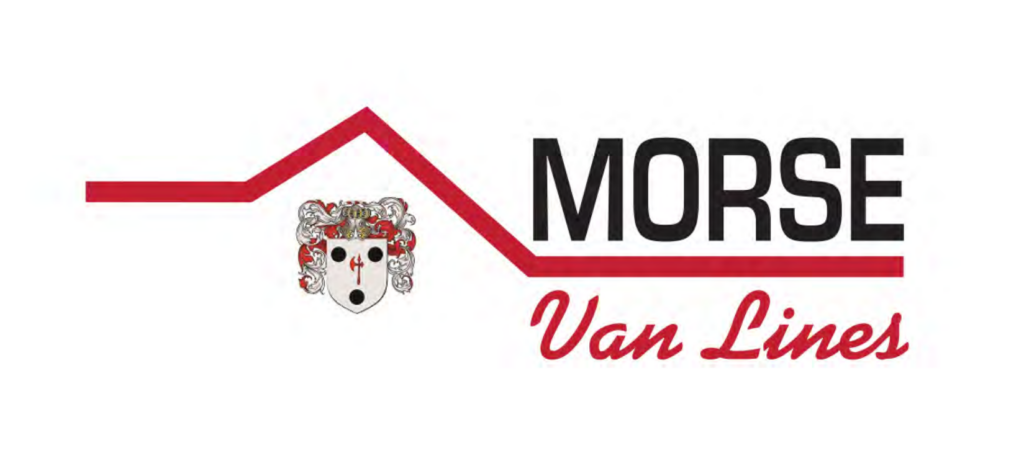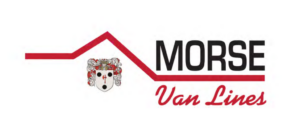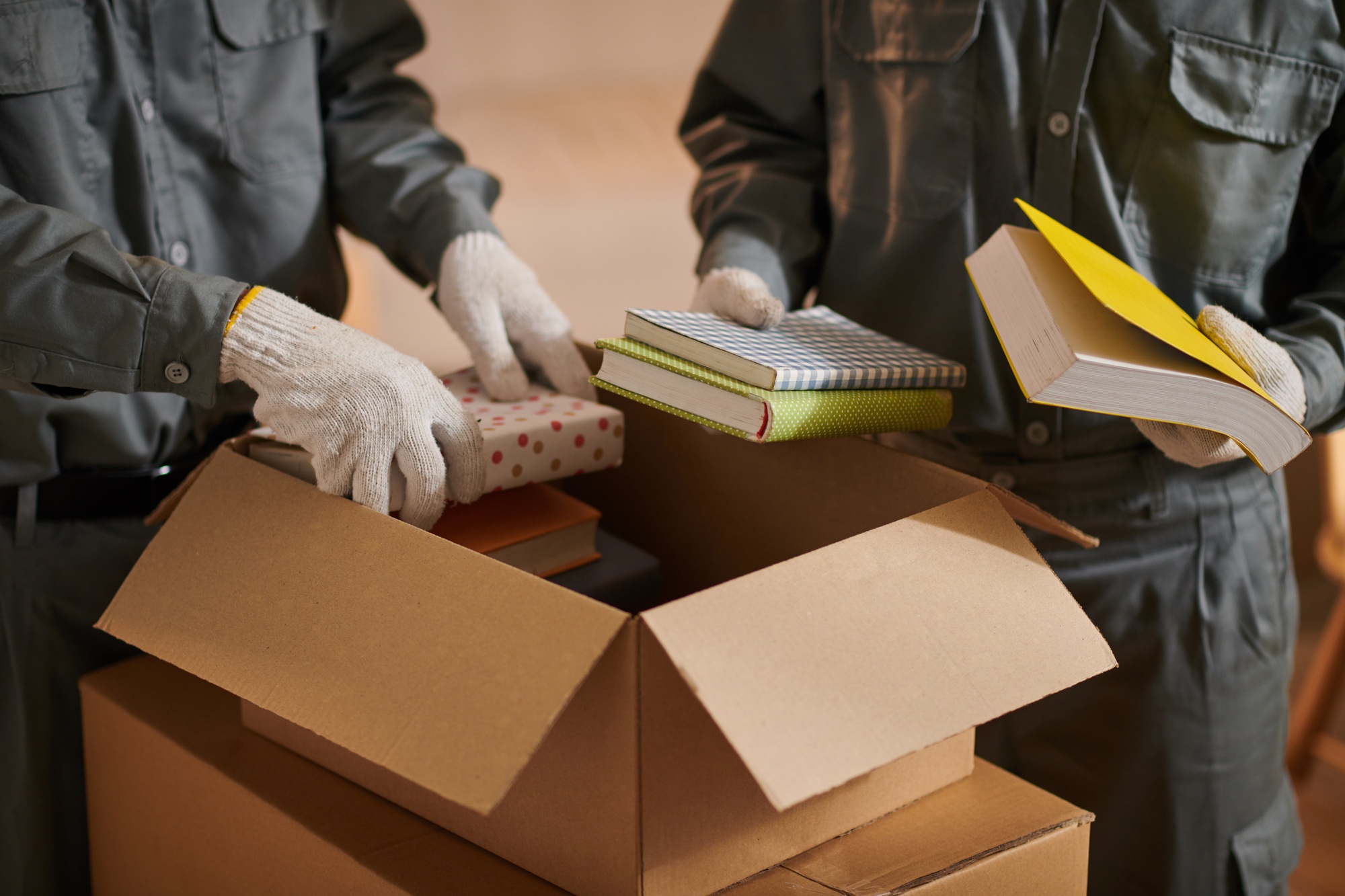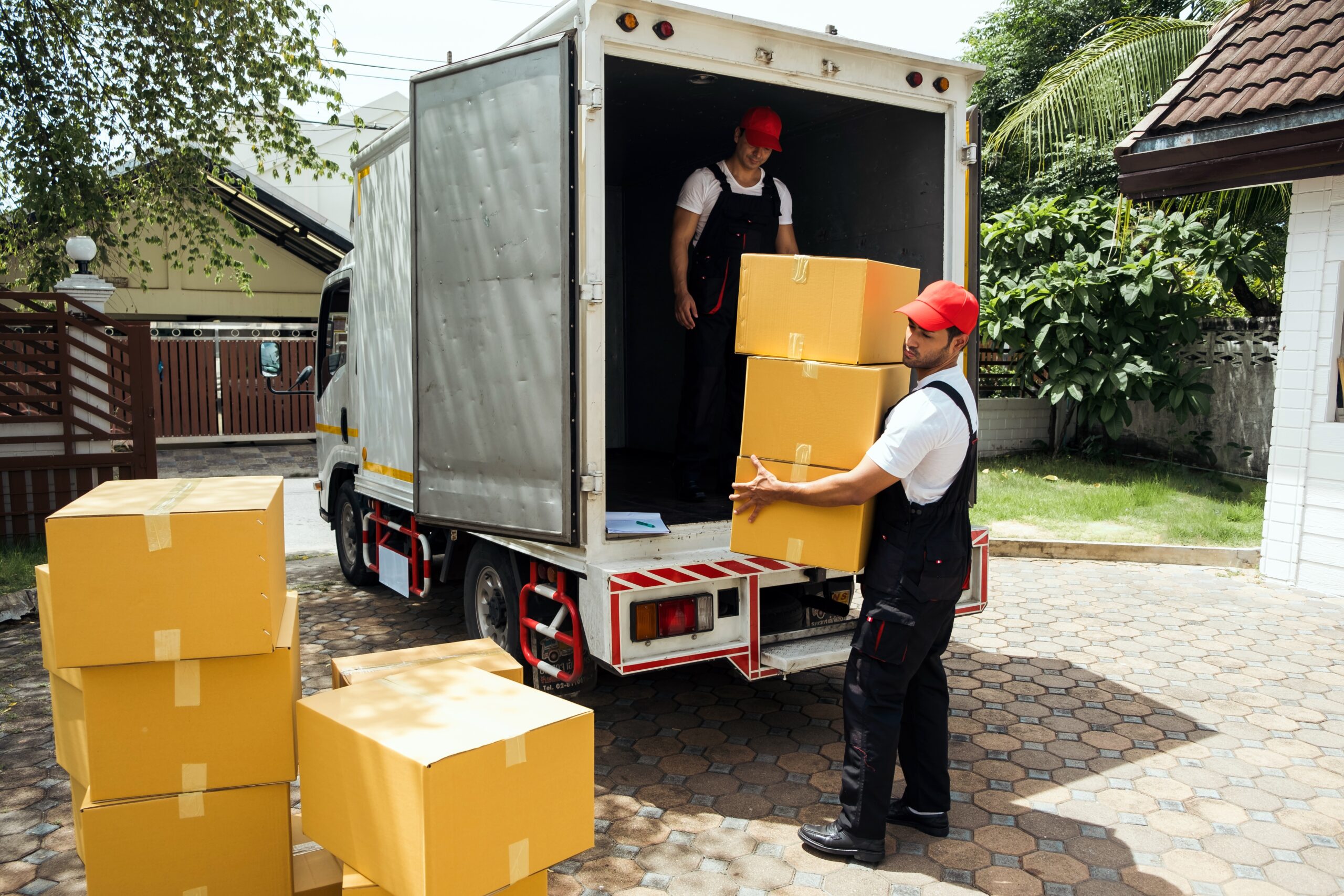You might be wondering how to secure wine in moving. For wine collectors, enthusiasts, and even casual wine drinkers, moving a wine collection requires careful planning and execution. Unlike other household items, wine is highly sensitive to temperature, movement, and improper positioning, all of which can impact its quality. Whether you’re moving across town or to another state, taking the right steps to secure your wine will help protect your investment and ensure that your bottles arrive safely. This guide outlines essential strategies to pack, transport, and store your wine collection effectively during a move.
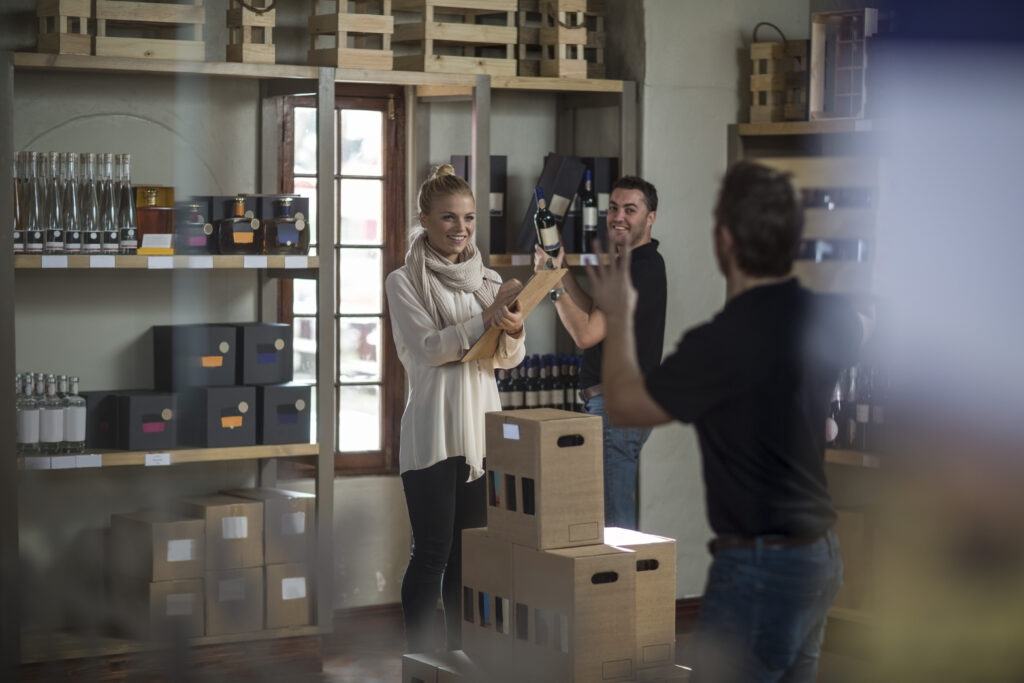
Understanding the Challenges of Moving Wine
Wine is a delicate beverage that can be affected by several factors during transport. Understanding these risks will help you take the necessary precautions:
- Temperature Fluctuations: Wine should ideally be stored between 55-65°F. Extreme heat or cold can cause spoilage.
- Vibration and Movement: Constant jostling can disturb the wine’s sediment, affecting its aging process and taste.
- Bottle Orientation: Corked bottles should remain on their side to keep the cork moist and prevent oxidation.
- Breakage: Wine bottles are fragile, and improper packing can lead to broken bottles and wasted wine.
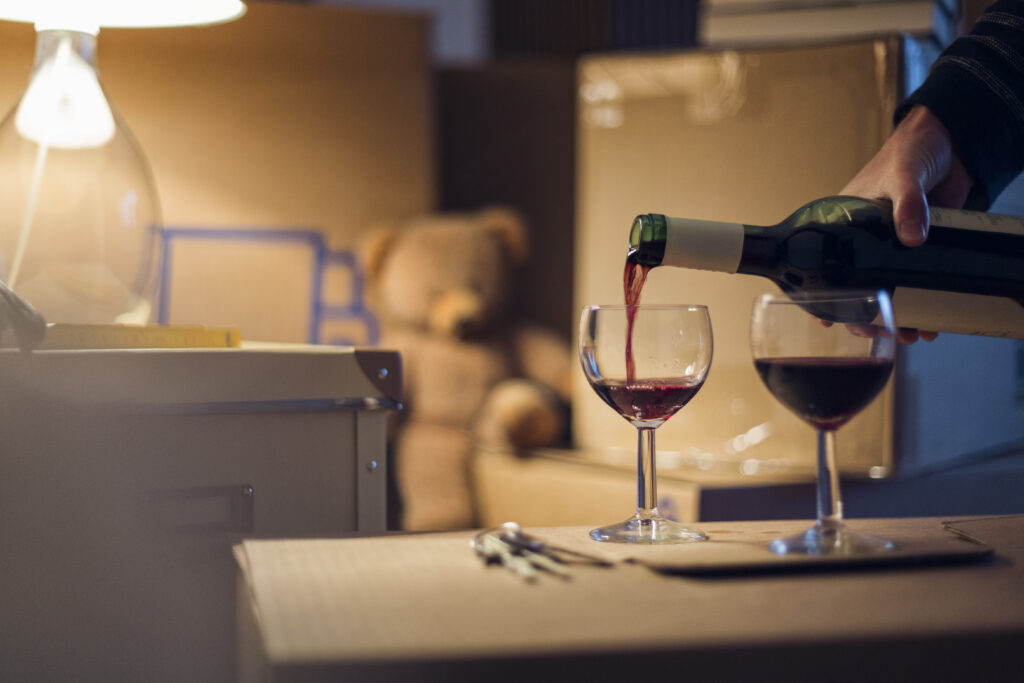
Step-by-Step Guide to Packing Wine Safely
1. Inventory and Appraise Your Collection
Before you start packing, take inventory of your wine collection. Note the number of bottles, their value, and any that may require special handling. For high-value collections, consider getting an appraisal and purchasing additional insurance for added protection.
2. Choose the Right Packing Materials
Investing in quality packing materials will go a long way in protecting your wine. Consider using:
- Specialty Wine Boxes: These boxes come with dividers that keep bottles separated and prevent clinking.
- Bubble Wrap or Foam Sleeves: Provides cushioning for individual bottles.
- Styrofoam Inserts: Designed to hold bottles securely and offer thermal insulation.
- Packing Tape and Labels: Use strong packing tape to reinforce boxes and labels to identify fragile items.
3. Proper Packing Techniques
Once you have the right materials, follow these steps to pack your wine securely:
- Wrap Individual Bottles: Wrap each bottle in bubble wrap or place them inside foam sleeves to prevent impact damage.
- Pack Bottles Vertically or Horizontally: If using wine boxes, pack bottles in their designated slots. If using regular boxes, place bottles horizontally to keep corks moist.
- Fill Empty Spaces: Use crumpled paper or foam inserts to fill gaps and prevent movement inside the box.
- Seal and Label: Close boxes securely with packing tape and label them as “Fragile” and “This Side Up.”
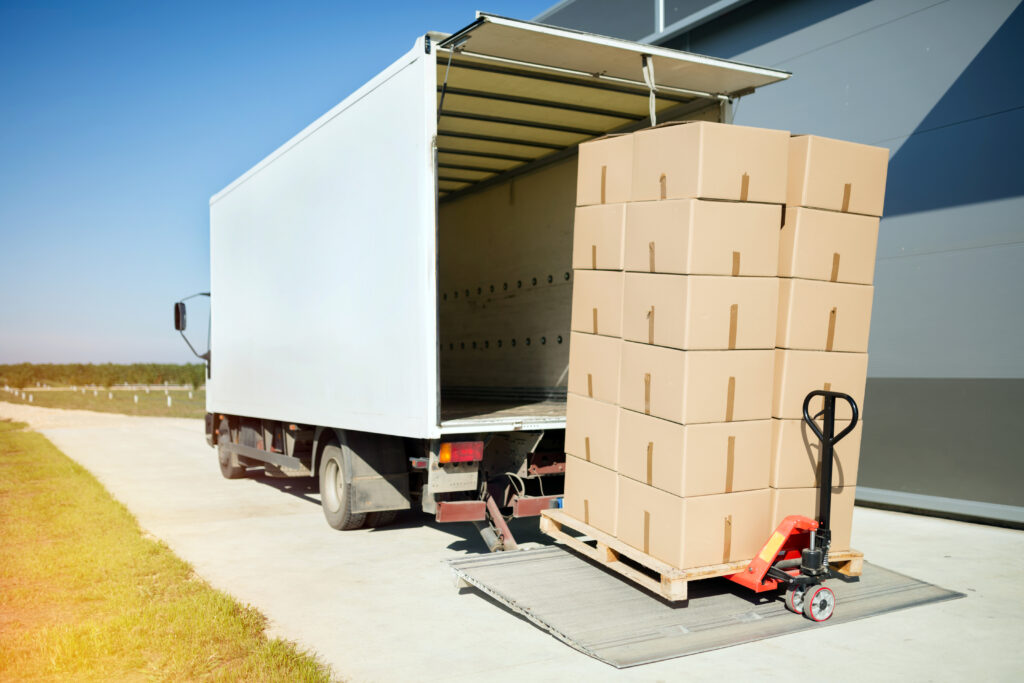
Transporting Your Wine Collection
1. Choose the Right Moving Method
The method of transportation depends on the size and value of your wine collection. Options include:
- Personal Vehicle: For small collections or valuable bottles, transporting them in a climate-controlled car is the safest option.
- Professional Movers: Some moving companies specialize in transporting wine collections and offer climate-controlled trucks.
- Specialty Wine Shippers: If moving long distances, consider companies that specialize in shipping wine and maintaining optimal conditions.
2. Maintain Temperature Control
Temperature is one of the biggest threats to wine during a move. To minimize risks:
- Move Wine During Cooler Hours: Plan your move early in the morning or late in the evening to avoid peak heat.
- Use Insulated Containers: Styrofoam wine shippers or thermal wrap can help maintain stable temperatures.
- Keep Bottles in a Climate-Controlled Vehicle: If possible, transport wine in an air-conditioned car rather than a moving truck.
3. Minimize Vibration and Movement
- Secure Boxes in the Vehicle: Place wine boxes snugly against other items to prevent shifting.
- Avoid Bumpy Roads: Take smoother routes to reduce unnecessary vibration.
- Limit Handling: Move wine as little as possible and avoid unnecessary lifting and repositioning.
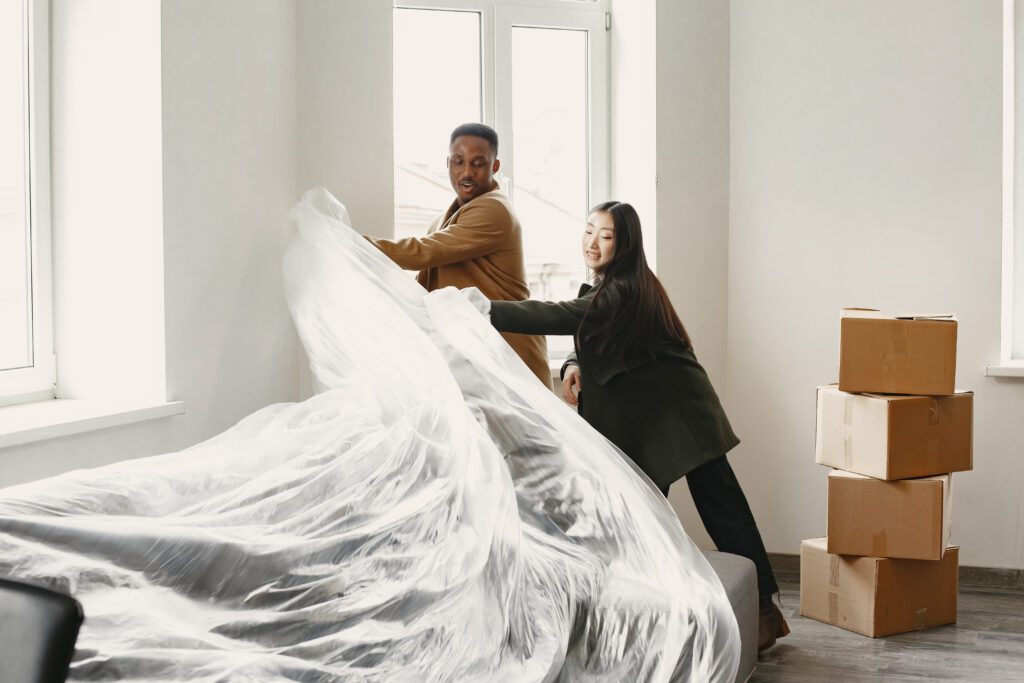
Unpacking and Storing Wine After the Move
Once your wine collection arrives at your new home, follow these best practices for unpacking and storage:
1. Let the Bottles Rest
Wine can experience “bottle shock” due to movement and temperature fluctuations. Allow bottles to rest for at least 7-10 days before opening to let the sediment settle.
2. Inspect for Damage
Check for broken or leaking bottles. If you notice any damage, document it for insurance claims if applicable.
3. Set Up Proper Storage
- Temperature Control: Store wine in a cool, dark place with a consistent temperature between 55-65°F.
- Humidity Levels: Maintain humidity around 50-70% to keep corks from drying out.
- Avoid Direct Light: UV exposure can degrade wine quality, so keep bottles in a dimly lit or dark area.
- Proper Positioning: Store corked bottles horizontally to prevent oxidation.

Additional Considerations for High-Value Collections
For collectors with rare or expensive wines, additional precautions may be necessary:
- Hire Professional Wine Movers: Some companies specialize in transporting valuable wine collections.
- Use a Temperature-Controlled Storage Unit: If your new home lacks proper storage, consider renting a wine storage unit.
- Obtain Insurance: High-value collections should be insured against damage, loss, or temperature-related spoilage.
Conclusion
Moving a wine collection requires more than just packing bottles in a box. Temperature control, careful handling, and proper storage are essential to preserving the quality of your wine. By taking the right precautions, you can ensure that your wine arrives at your new home in perfect condition. Whether you’re a casual wine drinker or a serious collector, planning ahead and investing in the right materials will make your move smoother and protect your valuable bottles from damage. If you’re unsure about handling the move yourself, professional moving services like Morse Van Lines can help ensure a safe and efficient relocation for your wine collection.
